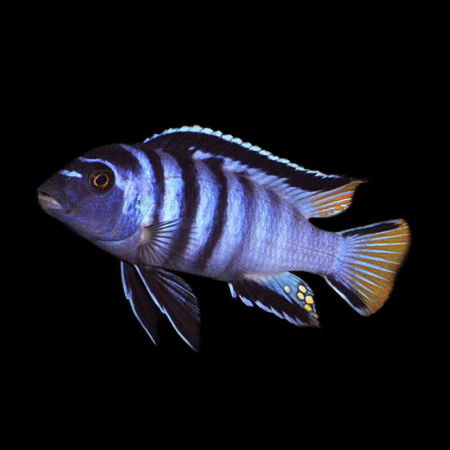To provide the best experiences, we use technologies like cookies to store and/or access device information. Consenting to these technologies will allow us to process data such as browsing behaviour or unique IDs on this site. Not consenting or withdrawing consent, may adversely affect certain features and functions.
The technical storage or access is strictly necessary for the legitimate purpose of enabling the use of a specific service explicitly requested by the subscriber or user, or for the sole purpose of carrying out the transmission of a communication over an electronic communications network.
The technical storage or access is necessary for the legitimate purpose of storing preferences that are not requested by the subscriber or user.
The technical storage or access that is used exclusively for statistical purposes.
The technical storage or access that is used exclusively for anonymous statistical purposes. Without a subpoena, voluntary compliance on the part of your Internet Service Provider, or additional records from a third party, information stored or retrieved for this purpose alone cannot usually be used to identify you.
The technical storage or access is required to create user profiles to send advertising, or to track the user on a website or across several websites for similar marketing purposes.















Emma Thompson (verified owner) –
I recently added the Yellow Lepturus Cichlid (Buccochromis Rhoadesii) to my aquarium, and I couldn’t be happier! After having them for about three weeks, their vibrant yellow and blue hues have truly transformed my tank into a vibrant piece of art. These tropical fish are not only gorgeous but also incredibly active and engaging. I love watching them interact with each other and explore their environment. I’ve noticed they thrive on a quality cichlid food, which I make sure to provide regularly. Compared to other cichlids I’ve kept, these ones have a unique personality and a peaceful demeanor, making them perfect for my mixed-species tank. My only minor concern is that they do require a bit more space than some smaller cichlids, so ensure you have enough room for them to swim freely. If you’re a fellow fish lover looking to enhance your aquarium experience, I highly recommend adding the Yellow Lepturus Cichlid! They’re sure to bring joy and color to your aquatic world.